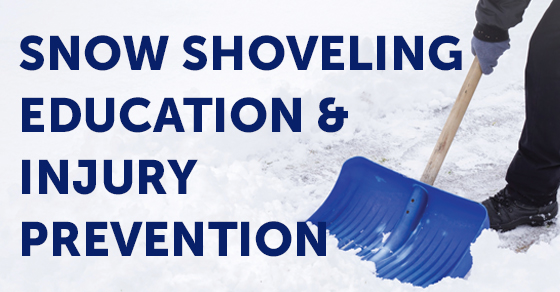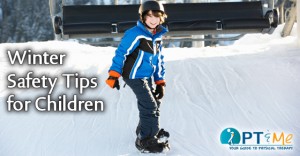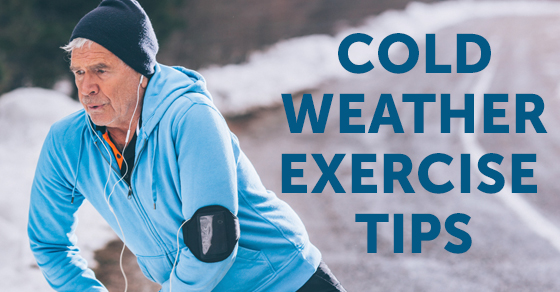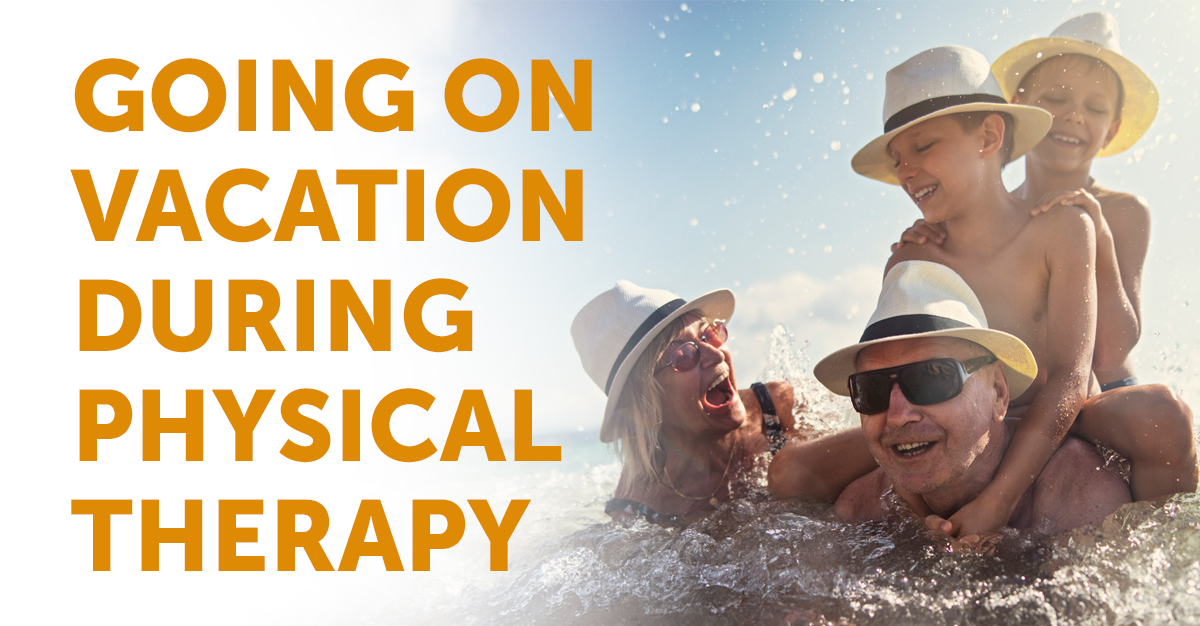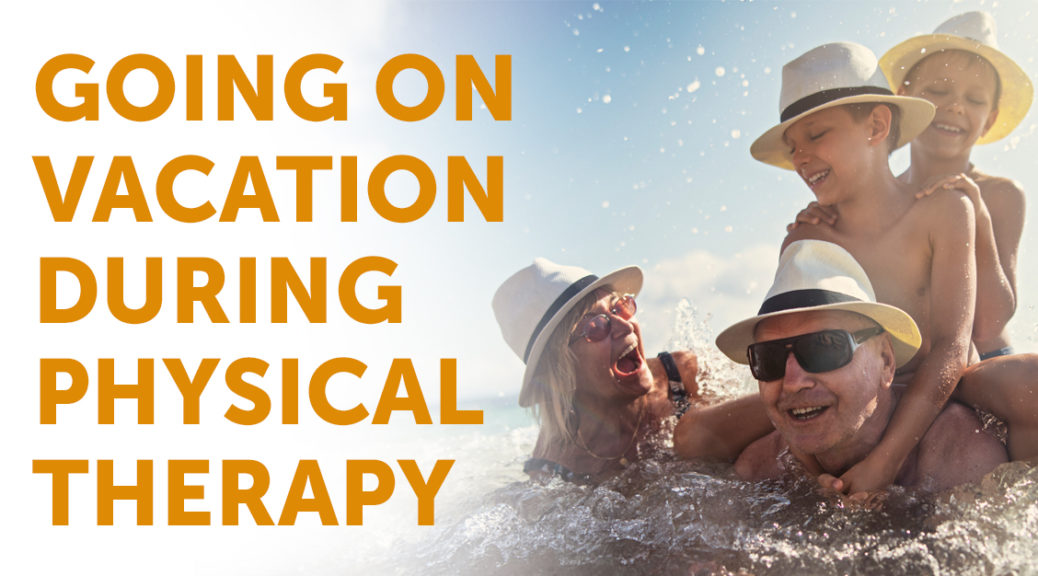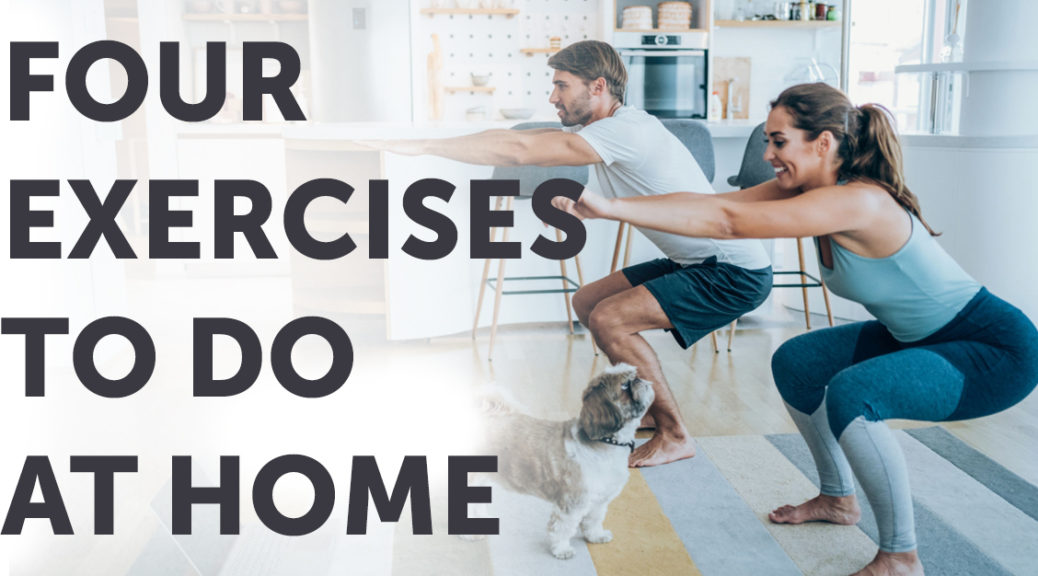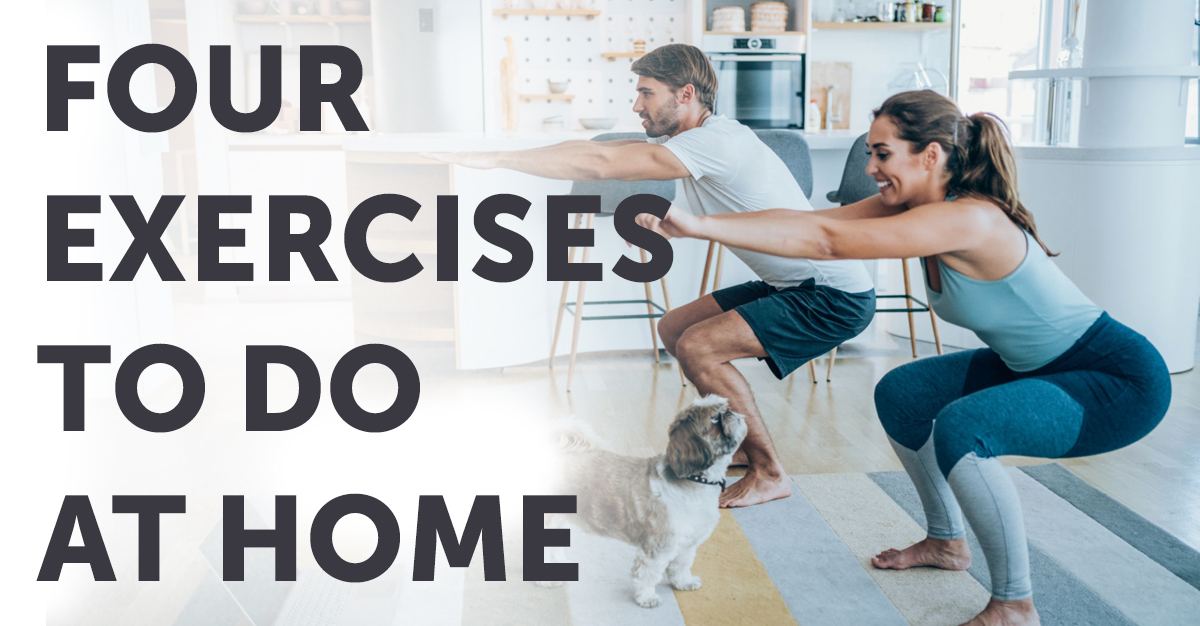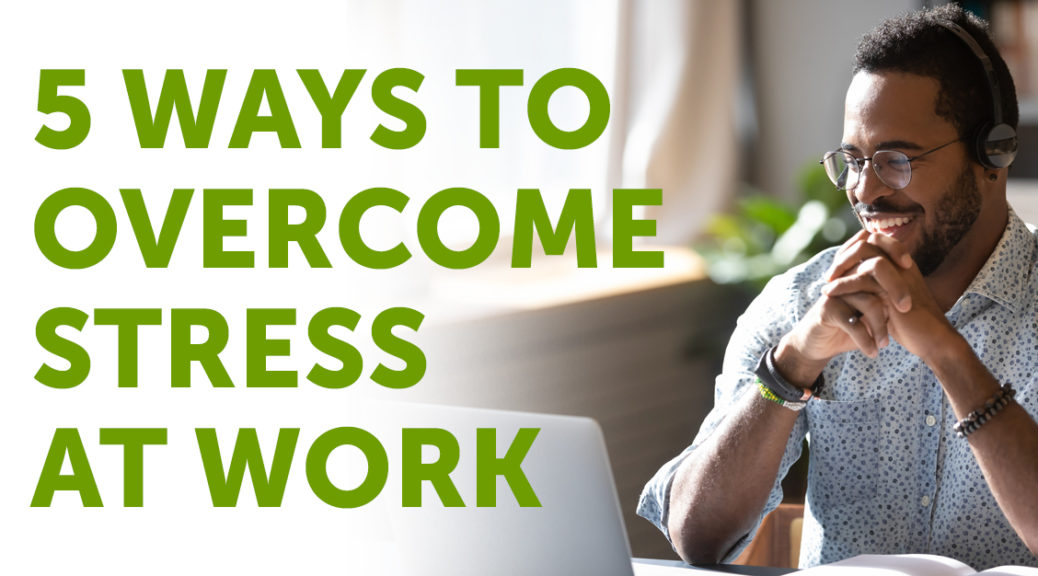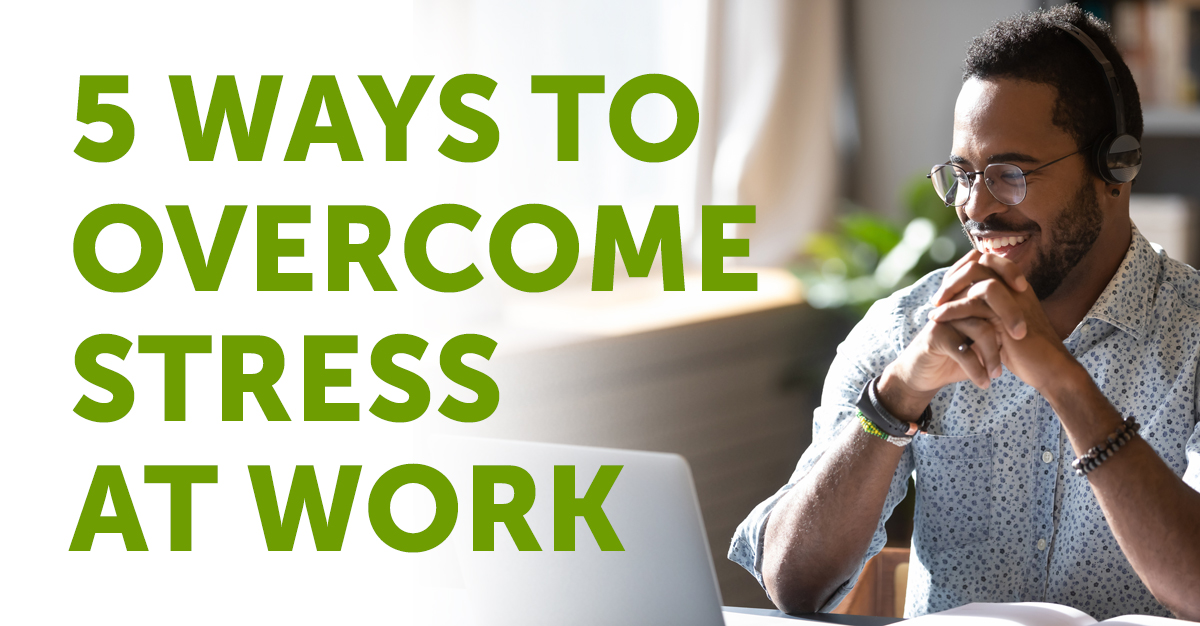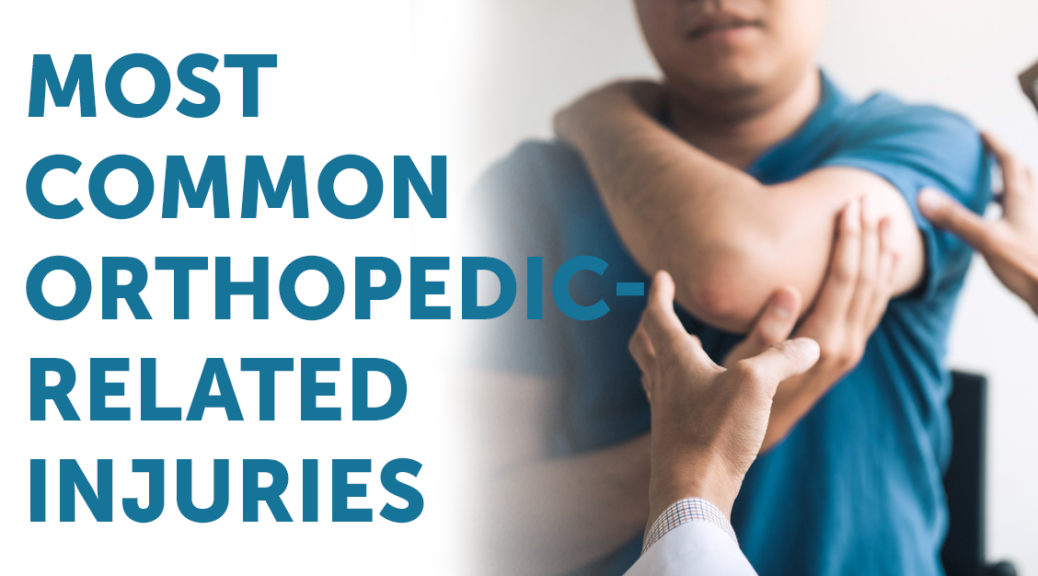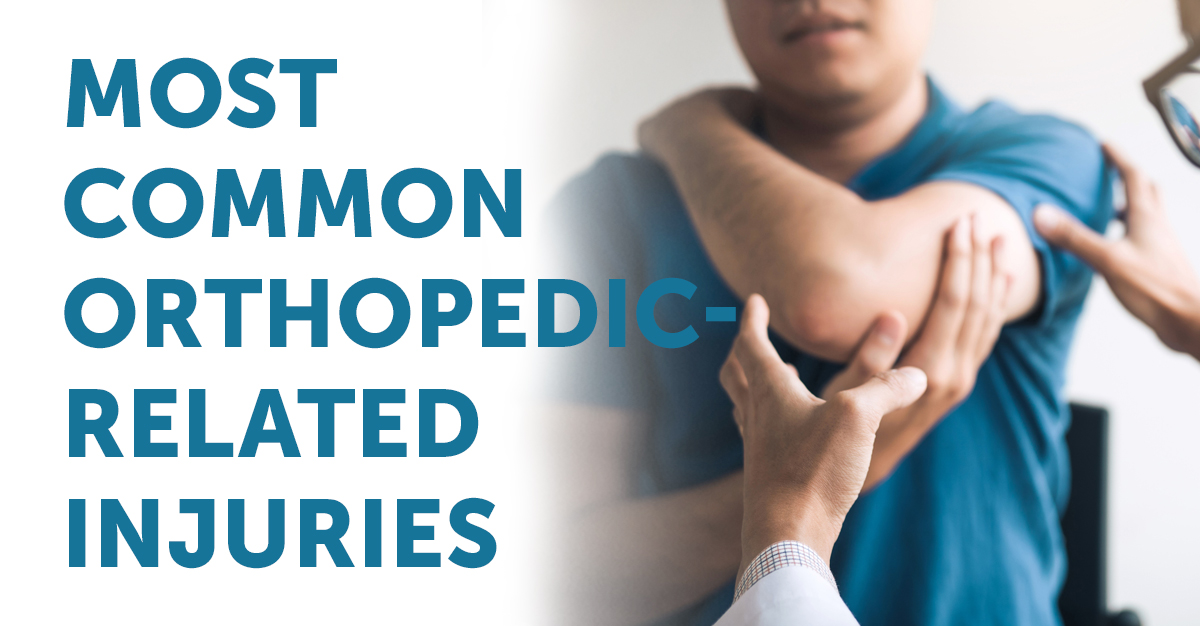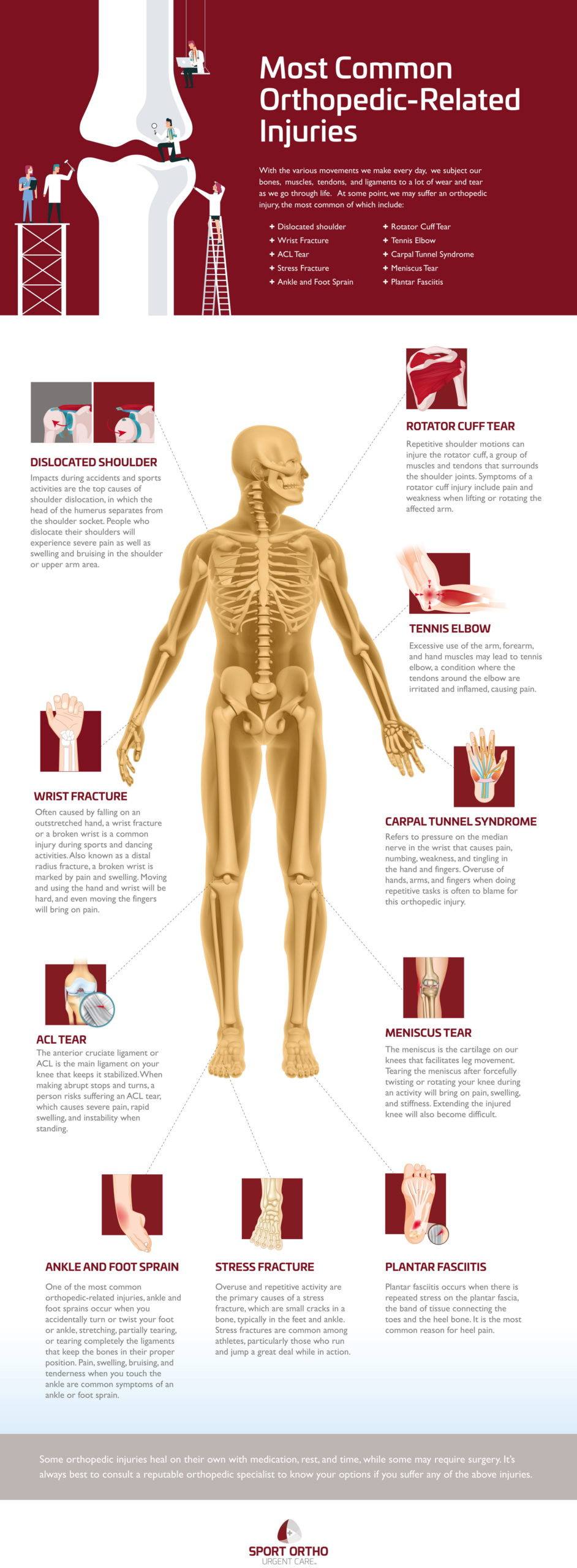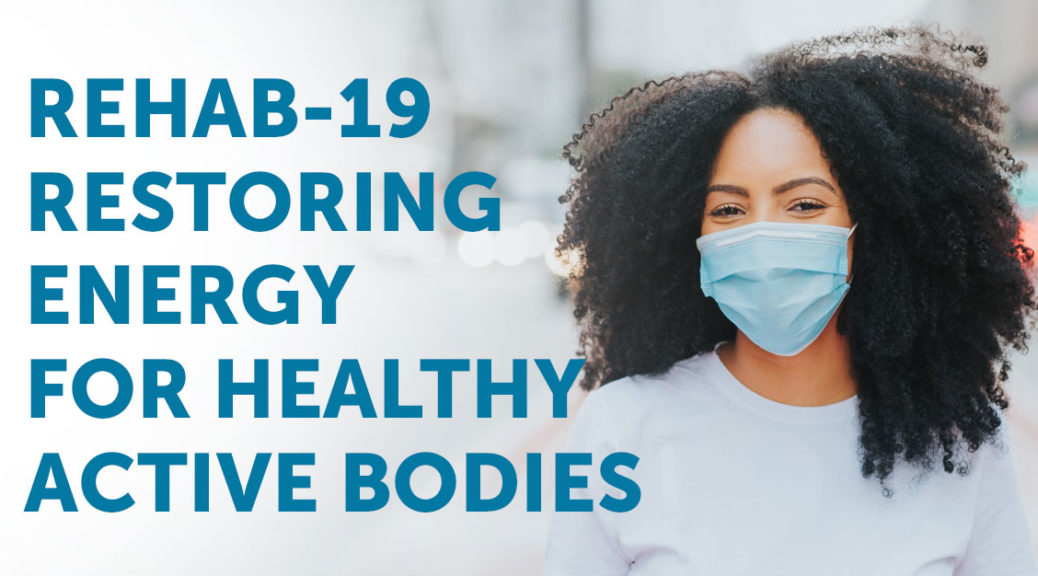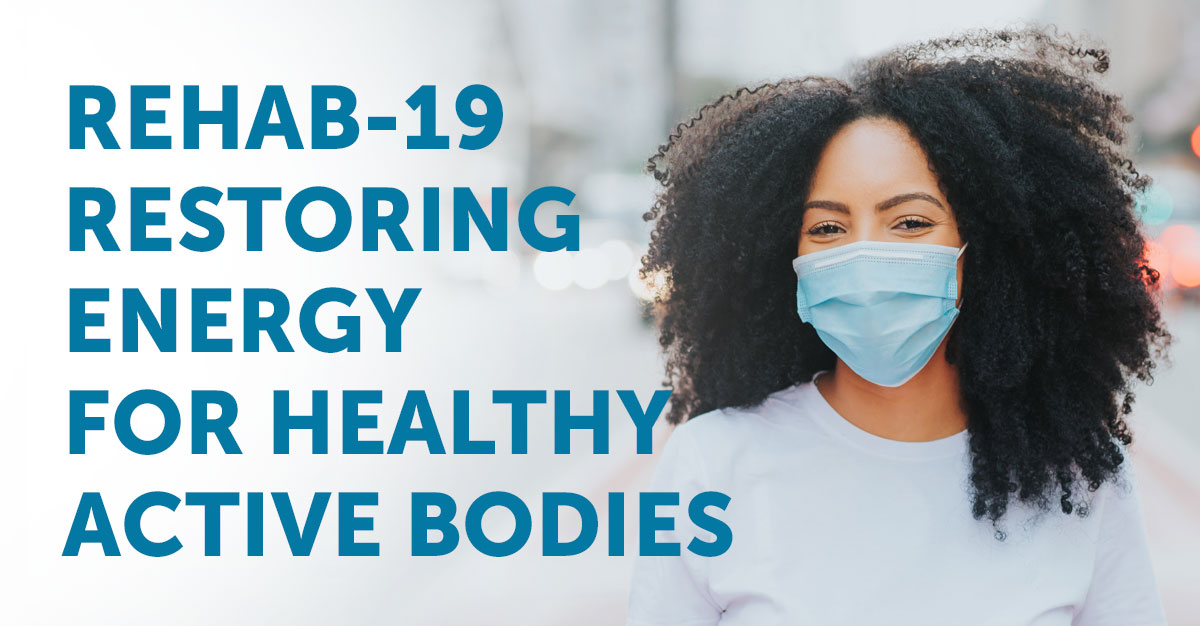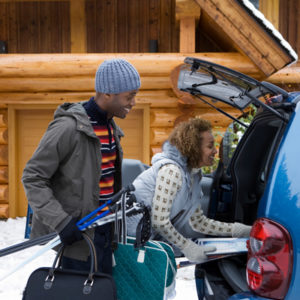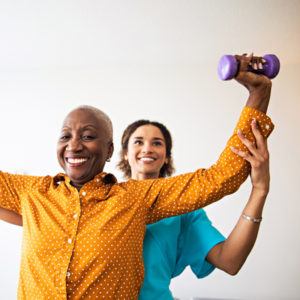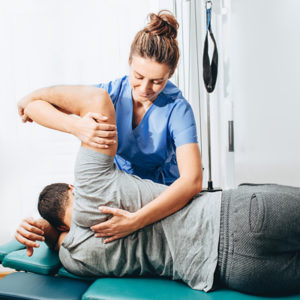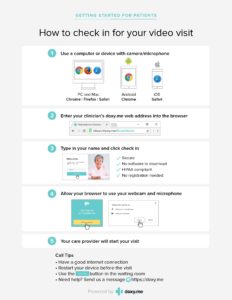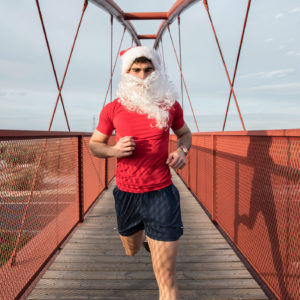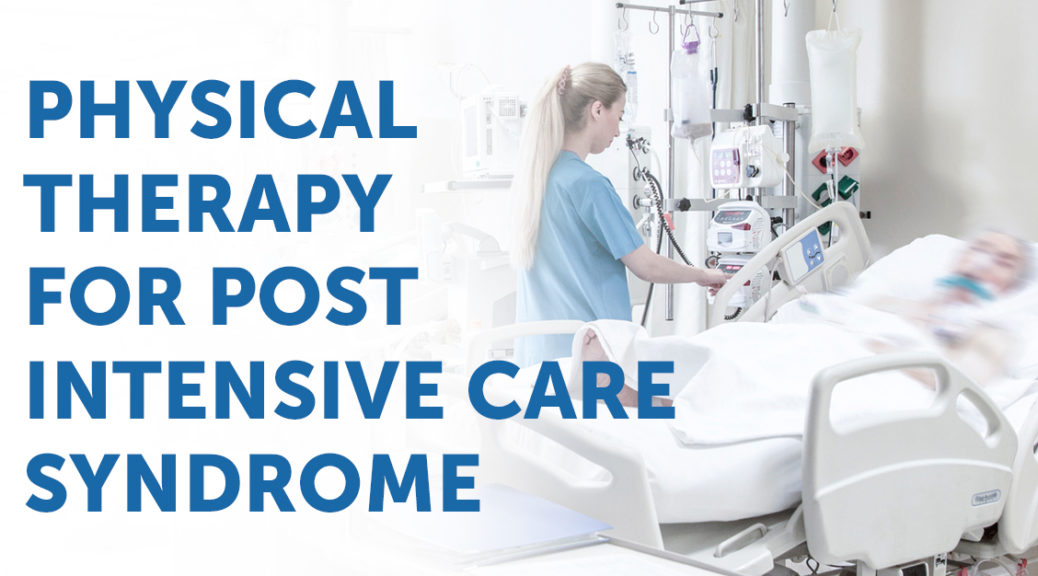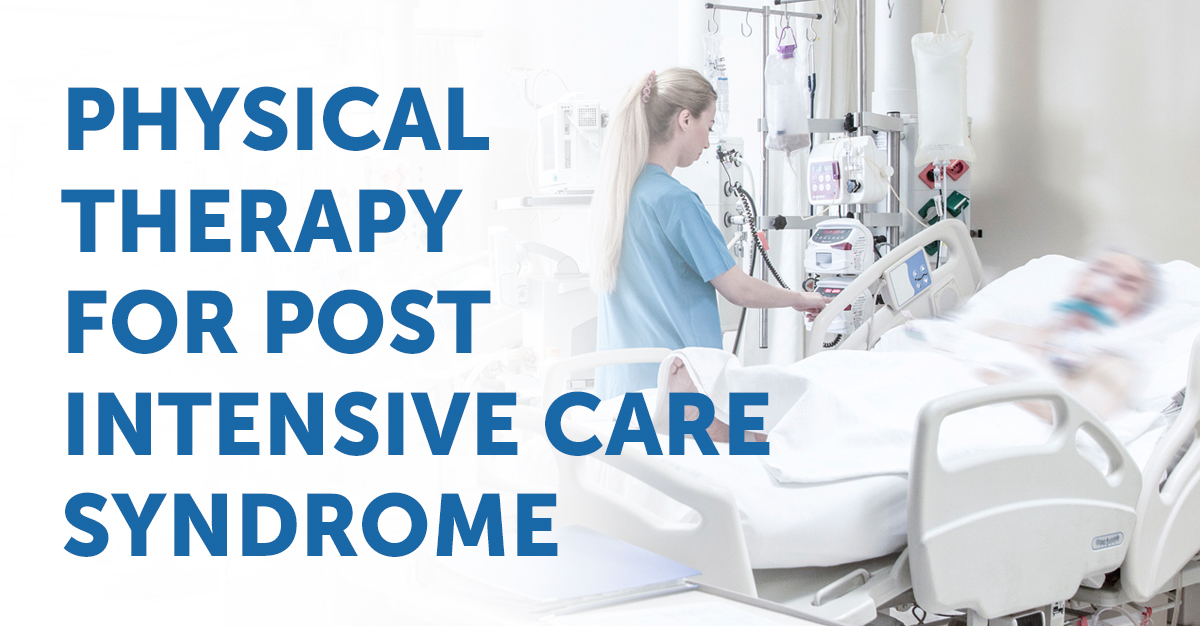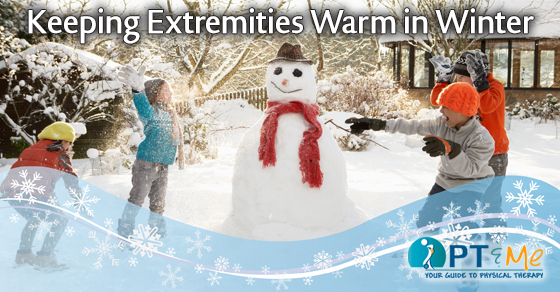
OUTDOOR SAFETY
Highlights
• Dress warmly and stay dry.
• Wear a hat, scarf, and mittens.
• Avoid frostbite.
• If you have to do heavy outdoor chores, dress warmly and work slowly.
• Avoid walking on ice or getting wet.
• Notify friends and family where you will be before you go hiking, camping, or skiing.
• Avoid traveling on ice-covered roads, overpasses, and bridges if at all possible.
• If you are stranded, it is safest to stay in your car.
When the weather is extremely cold, and especially if there are high winds, try to stay indoors. Make any trips outside as brief as possible, and remember these tips below to protect your health and safety.
DRESS WARMLY AND STAY DRY
Adults and children should wear:
• a hat
• a scarf or knit mask to cover the face and mouth
• sleeves that are snug at the wrist
• mittens (they are warmer than gloves)
• water-resistant coat and boots
• several layers of loose-fitting clothing
Be sure the outer layer of your clothing is tightly woven, preferably wind-resistant, to reduce body-heat loss caused by wind. Wool, silk, or polypropylene inner layers of clothing will hold more body heat than cotton. Stay dry—wet clothing chills the body rapidly. Excess perspiration will increase heat loss, so remove extra layers of clothing whenever you feel too warm. Also, avoid getting gasoline or alcohol on your skin while de-icing and fueling your car or using a snowblower. These materials in contact with the skin greatly increase heat loss from the body. Do not ignore shivering. It’s an important first sign that the body is losing heat. Persistent shivering is a signal to return indoors.
AVOID FROSTBITE AND HYPOTHERMIA
When exposed to cold temperatures, your body begins to lose heat faster than it can be produced. Prolonged exposure to cold will eventually use up your body’s stored energy. The result is hypothermia or abnormally low body temperature. Body temperature that is too low affects the brain, making the victim unable to think clearly or move well. This makes hypothermia particularly dangerous because a person may not know it is happening and won’t be able to do anything about it.
Hypothermia is most likely at very cold temperatures, but it can occur even at cool temperatures (above 40°F) if a person becomes chilled from rain, sweat, or submersion in cold water.
Frostbite is an injury to the body that is caused by freezing. Frostbite causes a loss of feeling and color in affected areas. It most often affects the nose, ears, cheeks, chin, fingers, or toes. Frostbite can permanently damage the body, and severe cases can lead to amputation. The risk of frostbite is increased in people with reduced blood circulation and among people who are not dressed properly for extremely cold temperatures.
AVOID EXERTION
Cold weather puts an extra strain on the heart. If you have heart disease or high blood pressure, follow your doctor’s advice about shoveling snow or performing other hard work in the cold. Otherwise, if you have to do heavy outdoor chores, dress warmly and work slowly. Remember, your body is already working hard just to stay warm, so don’t overdo it.
UNDERSTAND WINDCHILL
The Wind Chill index is the temperature your body feels when the air temperature is combined with the wind speed. It is based on the rate of heat loss from exposed skin caused by the effects of wind and cold. As the speed of the wind increases, it can carry heat away from your body much more quickly, causing skin temperature to drop. When there are high winds, serious weather-related health problems are more likely, even when temperatures are only cool.
AVOID ICE
Walking on ice is extremely dangerous. Many cold-weather injuries result from falls on ice-covered sidewalks, steps, driveways, and porches. Keep your steps and walkways as free of ice as possible by using rock salt or another chemical de-icing compound. Sand may also be used on walkways to reduce the risk of slipping.
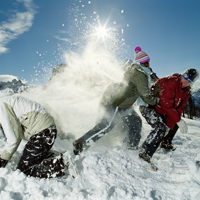
BE SAFE DURING RECREATION
Notify friends and family where you will be before you go hiking, camping, or skiing. Do not leave areas of the skin exposed to the cold. Avoid perspiring or becoming overtired. Be prepared to take emergency shelter. Pack dry clothing, a two-wave radio, waterproof matches and paraffin fire starters with you. Do not use alcohol and other mood altering substances, and avoid caffeinated beverages. Avoid walking on ice or getting wet. Carefully watch for signs of cold-weather health problems.
BE CAUTIOUS ABOUT TRAVEL
• Listen for radio or television reports of travel advisories issued by the National Weather Service.
• Do not travel in low visibility conditions.
• Avoid traveling on ice-covered roads, overpasses, and bridges if at all possible.
• If you must travel by car, use tire chains and take a mobile phone with you.
• If you must travel, let someone know your destination and when you expect to arrive. Ask them to notify authorities if you are late.
• Check and restock the winter emergency supplies in your car before you leave.
• Never pour water on your windshield to remove ice or snow; shattering may occur.
• Don’t rely on a car to provide sufficient heat; the car may break down.
• Always carry additional warm clothing appropriate for the winter conditions.
WHAT TO DO IF YOU GET STRANDED
Staying in your vehicle when stranded is often the safest choice if winter storms create poor visibility or if roadways are ice covered. These steps will increase your safety when stranded:
• Tie a brightly colored cloth to the antenna as a signal to rescuers and raise the hood of the car (if it is not snowing).
• Move anything you need from the trunk into the passenger area.
• Wrap your entire body, including your head, in extra clothing, blankets, or newspapers.
• Stay awake. You will be less vulnerable to cold-related health problems.
• Run the motor (and heater) for about 10 minutes per hour, opening one window slightly to let in air. Make sure that snow is not blocking the exhaust pipe—this will reduce the risk of carbon monoxide poisoning.
• As you sit, keep moving your arms and legs to improve your circulation and stay warmer.
• Do not eat unmelted snow because it will lower your body temperature.
• Huddle with other people for warmth.

For more information about winter safety visit: http://emergency.cdc.gov/disasters/winter/index.asp
For more PTandMe cold weather safety tips to keep you out of harm’s way this winter check the articles below!
